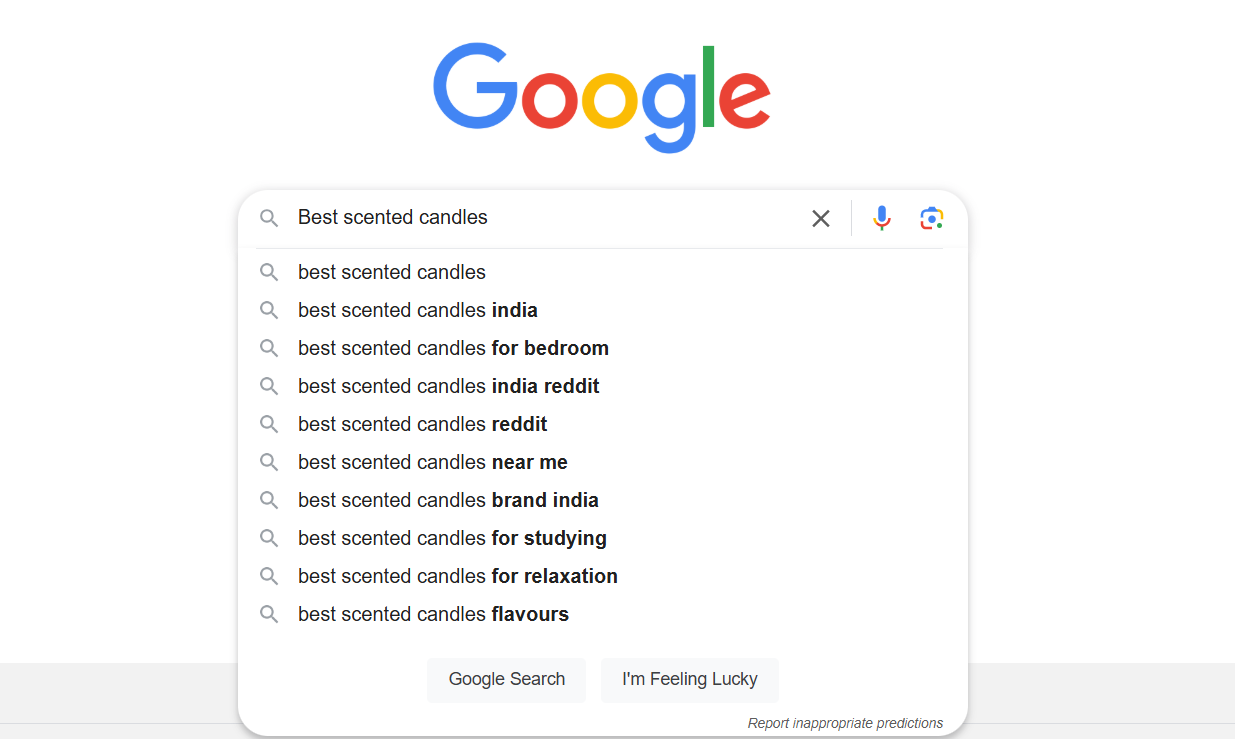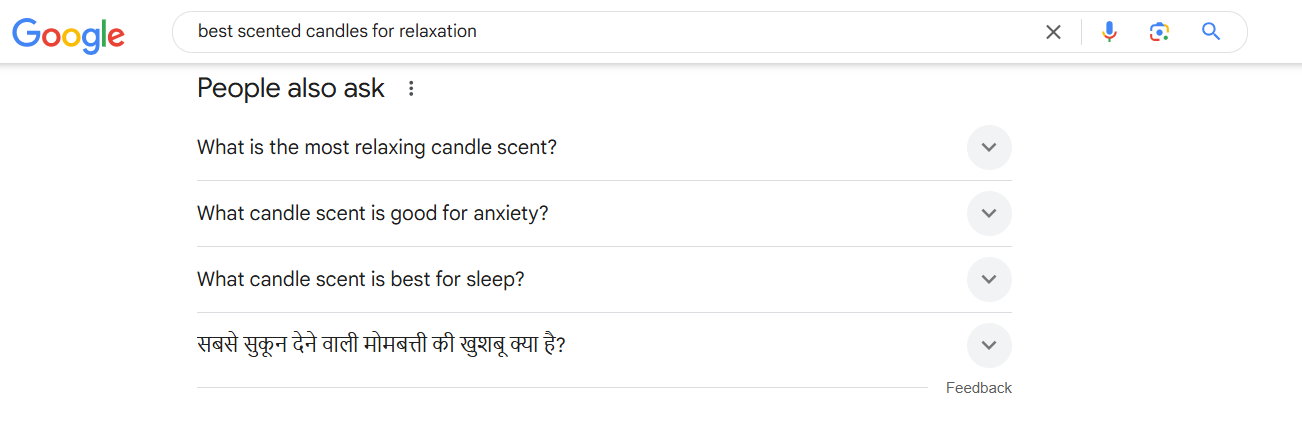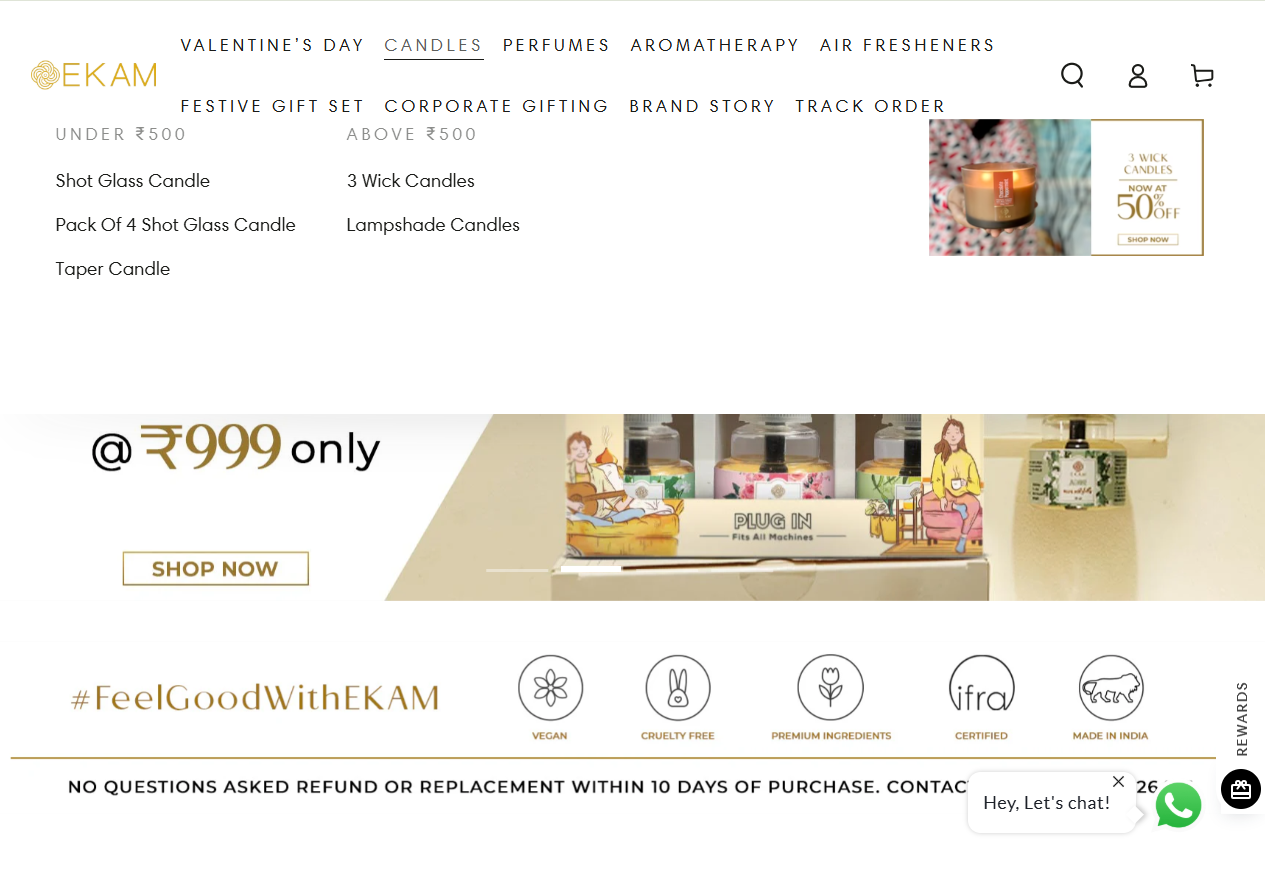Hey there, fellow online business owner!
Let me ask you something—have you ever typed your product into Google, only to find your competitor ranking on page one while your store is lost in the abyss of page three? Yeah, we’ve all been there.
But here’s the thing: It’s not that your products aren’t amazing. It’s just that Google doesn’t know that yet.
That’s where Ecommerce SEO (aka your golden ticket to organic traffic) comes in. And today, I’m going to break it down step by step—so grab a coffee, and let’s turn your store into an SEO RankStar
Best Plugin for Ecommerce SEO
If you’re looking to build an SEO-friendly online store, WooCommerce is hands down the best plugin. It’s built for WordPress, which is already SEO-friendly, and integrates seamlessly with plugins like Yoast SEO and Rank Math. With WooCommerce, you can easily optimize product pages, create custom URLs, and enhance site speed, all of which contribute to better rankings.
What is Ecommerce SEO?
In simple terms, Ecommerce SEO is the process of optimizing your online store so that search engines like Google show it at the top of search results.
Think about it: When was the last time you went to page 2 of Google to buy something? Probably never, right? Exactly.
So, if your store isn’t ranking on page 1, you’re leaving money on the table. But don’t worry—we’re about to fix that.
Your Step-by-Step Guide to Ecommerce SEO
If you’re new to search engine optimization and want to increase your store’s ranking on Google, take a look at these six steps. They provide actionable tips for setting up good, basic ecommerce SEO on your website.
Skip to a Step:
- Keyword Research
- Product Page Optimization
- Blogging for SEO Backlinks & Authority
- Site Speed & Mobile Optimization
- User Experience & Engagement
Let’s break them down one by one.
Step 1: Keyword Research – What Are Your Customers Searching For?
Imagine you own an online candle store. Your customers are more likely to search for phrases like “best scented candles for relaxation” rather than something complex like “high-quality wax-based home fragrance solutions.” People search the way they talk, so your product pages should use natural, conversational language that aligns with how your customers think.
How to Find Winning Keywords:
- Google Autocomplete
Start typing your product and see what Google suggests.

For example, when I typed “Best scented candles” into Google, it suggested:
- Best scented candles for bedroom
- Best scented candles for relaxation & more
These suggestions come from real searches, meaning they’re popular queries from potential buyers. Use these insights to optimize your product pages and blog content.
- People Also Ask (PAA)
Check out the questions Google suggests in search results.

So, here in this picture you can see when searching for “Best scented candles for relaxation,” Google suggests questions like “What is the most relaxing candle scent?” and “What candle scent is good for anxiety?”
These are great content ideas for blog posts or FAQs on your product pages to target what people are actively searching for. - SEO Tools (Free & Paid)
Use Ubersuggest, Ahrefs, or Google Keyword Planner to find high-search, low-competition keywords.
Example: If you sell handmade candles, instead of just targeting “candles,” try:
- Best scented candles for relaxation
- Soy candles vs. paraffin candles
- Non-toxic candles for home use
Step 2: Optimize Your Product Pages Like an SEO Ninja
Now that you have your keywords, it’s time to use them strategically across your product pages. Here’s how:
Product Titles & Descriptions
- Bad: “Handmade Scented Candle”
- Better: “Lavender Soy Candle for Relaxation – Long-Lasting & Eco-Friendly”
URL Structure
- Bad: mystore.com/p=1234
- Better: mystore.com/lavender-soy-candle
Image SEO (Yes, It’s a Thing!)
- Rename images before uploading: bad = IMG001.jpg, better = lavender-soy-candle.jpg
- Add ALT text: “Lavender soy candle in a glass jar for aromatherapy.”
Good to now: If you’re on Shopify or WooCommerce, you can easily edit SEO fields under product settings.
Step 3: Blog Your Way to Page 1 (Yes, Really!)
A blog is like your SEO secret weapon. Google loves fresh content, and blog posts help you rank for more keywords.
What Should You Blog About?
Blogging isn’t just about writing random articles—it’s about connecting with your audience, solving their problems, and subtly showcasing your products. A well-crafted blog can attract the right customers, establish your brand as an industry leader, and boost sales. But what should you actually write about? Let’s break it down.
How-To Guides (Step-by-Step Instructions)
Ever searched for a quick tutorial on something? You’re not alone! How-to guides are incredibly popular because they provide real value and practical solutions. People love learning new things, and if you can teach them while subtly integrating your products, that’s a win-win!
Example: If You Sell Candles
“How to Make Your Candles Last Longer: A Simple Guide”
This blog can include tips on trimming wicks, proper burning techniques, and storing candles correctly. Bonus? You can naturally recommend your long-lasting, high-quality candles.
Comparison Posts (Product vs. Product)
Sometimes customers get stuck between two choices. Comparison posts help them decide by breaking down pros, cons, and use cases. Plus, they position you as a trusted expert!
Example: If You Sell Eco-Friendly Candles
“Soy vs. Beeswax Candles: Which One Lasts Longer & Smells Better?”
You can highlight the benefits of each type while recommending the best option from your store.
Trending Topics (What’s Hot Right Now?)
People love keeping up with trends, and blogging about what’s popular attracts new visitors who are actively searching for fresh content. Staying ahead of trends ensures your blog remains relevant and engaging.
Example: If You Sell Handmade or Luxury Candles
“Sustainable & Non-Toxic Candles: The Must-Have Home Décor Trend of 2025”
Highlight why more people are choosing natural wax candles, non-toxic wicks, and aesthetically designed candles as part of their home décor.
Problem-Solving & Educational Posts
Think about the common struggles your customers face and write blogs that help them. When people find answers to their questions on your blog, they trust you more—which means they’re more likely to buy from you!
Example: If You Sell Candles
“Why Your Candles Are Tunneling & How to Fix It”
Explain the science behind tunneling, provide quick fixes, and promote your high-quality, even-burning candles.
Step 4: Backlinks – Get Google to Trust You
Think of backlinks like “votes of confidence” from other websites. The more quality backlinks you have, the more Google trusts your site.
How to Get Backlinks:
Guest Posting – Write articles for candle blogs if you candles.
Influencer Collabs – Send products to bloggers in exchange for a link.
Local Listings – Add your store to directories like Yelp & Google My Business.
Good to know: Use Ahrefs’ Free Backlink Checker to spy on competitors and see who’s linking to them.
Step 5: Speed & Mobile-Friendliness – Because Nobody Likes a Slow Website
Ever clicked on a slow website and left immediately? Your customers do the same. Google hates slow sites, so:
Use lightweight images (compress them using TinyPNG)
Enable caching to speed up loading times
Make sure your site looks great on mobile (70% of shopping happens on phones!)
Good to know: Test your site speed using Google Page Speed Insights (Just Google it & enter your URL).
Step 6: User Experience – Because SEO Won’t Save a Bad Website
Google tracks user behavior on your site. If people click and leave immediately (bounce rate), it means your site isn’t useful—so Google pushes it down.
To keep visitors happy:
- Use Clear Navigation
Can users find what they need in 3 clicks or less?
Let’s talk about a giant in the candle industry- EKAM. Their website is a great example of clear navigation.
For instance, if a customer wants to buy a scented candle, their journey is seamless
On first click they go to the “Candles” section. In second click they choose a category like “3 Wick Candles” or “Short glass Candles.” then in the final third click they select their favorite candle product.That’s it! In just three clicks, the user finds exactly what they need. A well-structured menu, clear categories, and easy access to products make shopping effortless, something Google rewards with better rankings.
- Write Engaging Product Descriptions
Not just “great quality,” but why it’s great.
- Add Customer Reviews
Social proof helps boost trust & sales.
Be Patient, But Be Consistent!
SEO isn’t an overnight magic trick—it’s a long-term investment. But trust me, once your store starts ranking on page 1, the free organic traffic never stops.
So, are you ready to make your store the next Ecommerce SEO RankStar? Let’s do this!
Over to You!
Got any questions about Ecommerce SEO? Drop them in the comments! Let’s chat.
Interesting Read
How to install WordPress on cPanel?
WordPress vs Webflow
Best AI Tools for Blog Writing
How to Import WordPress XML into Contentful?
Last modified: April 11, 2025


